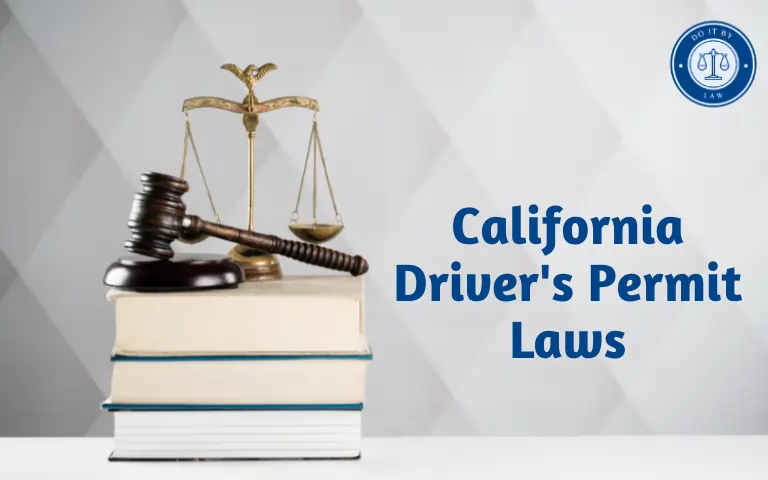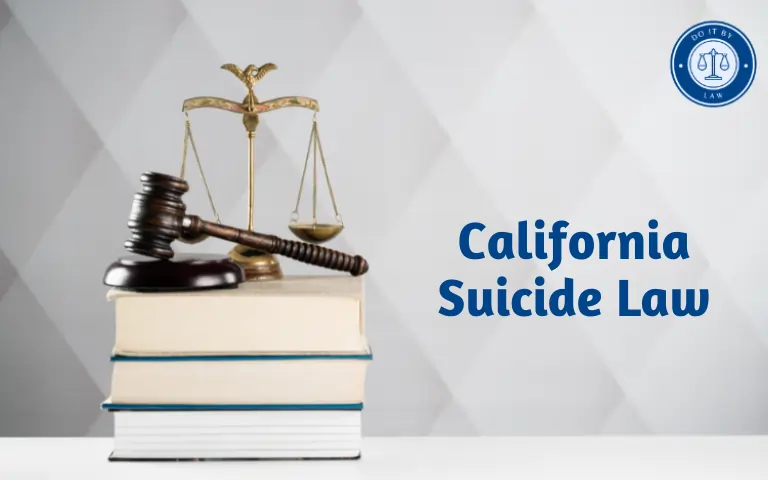California Three Strikes Law: What do you need to know
Ah California, home of Hollywood stars, sunny beaches, and…notoriously severe sentencing laws? Since 1994, the state’s controversial “California Three Strikes Law and You’re Out” statute targets repeat felons with escalating harshness. But what exactly does this tough-on-crime measure entail, who faces impact, and what comes next amid rising reform cries? Let’s break down the complexities and debates around one of America’s most extreme habitual crime deterrence tools.
Introduced in the 90s crime wave aftermath, California State Three Strikes regime mandated doubled prison terms for second strikes and 25-to-life for third convictions. Even minor third offenses trigger maximum impact, hence the baseball-themed “Three Strikes, You’re Out” moniker. While the law aimed to deter recidivism, critics cite inflated correctional costs, system strains from long-term inmates, and ethical issues punishing repeated petty crimes as harshly as violent ones. Sentencing adjustments provide recent relief but legacy effects continue swamping prisons.
Who Does California’s Three Strikes Law Apply To?
Namely, the legislation targets felons with escalating sentencing upon second and third convictions. Prior serious or violent offenses also downgrade later crimes to strikes triggering doubled penalties at minimum. Broad qualifying crimes and historical application to even minor repeat offenses filled prisons quickly.
By 2013, over 65,000 inmates served second-strike sentences while third-strikes numbered over 8,500 – far more than original projections. Latent impacts continue today with 10,000+ second strikers and 2,500+ third strikes still imprisoned, their long-term constraining parole eligibility and straining capacity. Prison growth led to 2011 federal oversight attempting to address medical and mental health access issues worsened by severe overcrowding.
In essence, Three Strikes continues impacting thousands of repeat felony offenders in California – even despite subsequent reforms. Its lingering effects promise to complicate prison conditions and resentencing debates for years to come.
Key Components of California Three Strikes Law
Let’s break down key pieces of this controversial legislation:
- 25 years to life upon conviction for any third felony – historically even if non-violent like drug possession
- Doubled sentence terms for second-strike felonies – leading to long incarceration
- Violent and serious crimes qualify as first/second strikes even if not prosecuted as such during an initial case
- Repeat offense enhancements apply for prior convictions within any state jurisdiction
- No statute of limitations – lifelong cumulative counting of strikes from criminal record
- Tough plea bargaining restrictions established initially
As you can see, California implemented Three Strikes as a heavy hammer targeting all recidivist felons rather than narrowly focusing on violent crimes. Such broad qualifying offenses and extreme sentencing sparked high utilization and prison expansion. But has this controversial approach proven effective in the long run? Let’s weigh some tangible penalties and outcomes.
Penalties and Outcomes of California Three Strikes Law
By any measure, enhanced repeat felony sentencing carries severe impact:
- Minimum 25-to-life upon any third conviction – equivalent to a first-degree murder sentence even for minor crimes
- Doubled terms mean longer stays – a 5-year sentence becomes 10, 10 becomes 20 years after strikes
- Even with recent reforms, 10,000+ second strikers won’t be paroled for years with limited credit for time served
- Prison strains now require federal intervention under the 2011 Plata ruling to address extreme healthcare deficiencies worsened by overcrowding
Yet despite heavy-handed sentencing, academic assessments question whether Three Strikes achieved its core goal – reducing statewide crime rates. Early data suggested minor declines in felony reoffending. But more recent studies indicate Three Strikes laws in California and elsewhere failed to improve public safety beyond preexisting trends. So did the extreme sentencing deter crime as intended? Debatable at best.
Recent Changes and Proposed Reforms to California Three Strikes Law
Facing massive prison populations and court intervention, California passed Proposition 36 in 2012 to restrict third strikes to serious/violent crimes only. The change aimed to ease overcrowding and costs. Additional reforms followed trying to mitigate the harshest outcomes:
- Proposition 57 (2016) allows parole hearings for some non-violent second and third strikers
- Elderly state prisoner release provisions for age 60+ inmates with long-served terms
- Ongoing sentence review petitions to redesignate outdated strike offenses no longer classified as violent
- Potential further reforms to expand parole hearings earlier and increase good behavior credits
Despite such adjustments, prisons continue struggling with second/third strike inmates now aging while serving long mandatory terms. And sentence enhancements themselves remain fully enforceable for the newest repeat offenders keeping intake high. Three Strikes thus persists as a dominant force within California corrections despite growing calls for a pitch change.
Debates Around Three Strikes Reform in California
Voices across the spectrum fuel debates on repealing vs preserving amended versions of Three Strikes:
- Savings – Incarceration strains state budgets with prisons now consuming $15+ billion yearly. Less recidivist sentencing could ease financial burdens long term.
- Ethical concerns – Repeat petty offense sentencing equivalent to first-degree murder strikes critics as morally unreasonable regardless of prior strikes accrued.
- Public safety – Proponents argue Three Strikes works as intended by keeping repeat felons imprisoned longer amid preexisting crime declines. Removing sentencing tools risks endangering vulnerable communities reliant on deterrence.
- Release risks – New resentencing approaches draw warnings from victim advocates about inadequately vetting violent criminal histories before potential parole.
After almost 30 years, Three Strikes remains arguably California’s most polarizing and legally consequential criminal statute – one whose legacy continues rippling through sentencing debates today. Its origins reflect the tough-on-crime 1990s, but modern sensibilities strain against such unflinching attitudes.
California Three Strikes Law – The Long Game
Despite incremental changes, California’s sentencing hammer continues targeting repeat felons after decades on the books. Its sheer scale all but guarantees lasting impacts within state prisons and parole systems for years to come through long mandatory terms already imposed. Yet growing political will for more humane and economically sustainable sanctions fueled initial reforms. Further change seems imminent but faces critics citing public safety risks.
For Three Strikes inmates already serving their sentences, however, hope persists that additional relief could someday arrive – if not for them then at least prevent others from facing decades behind bars for petty subsequent offenses. Perhaps in time, the law’s reputation for harshness will strike out against mounting calls for a more constructive game plan beyond pitching repeated punitive fastballs.







